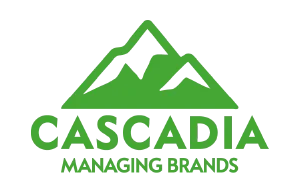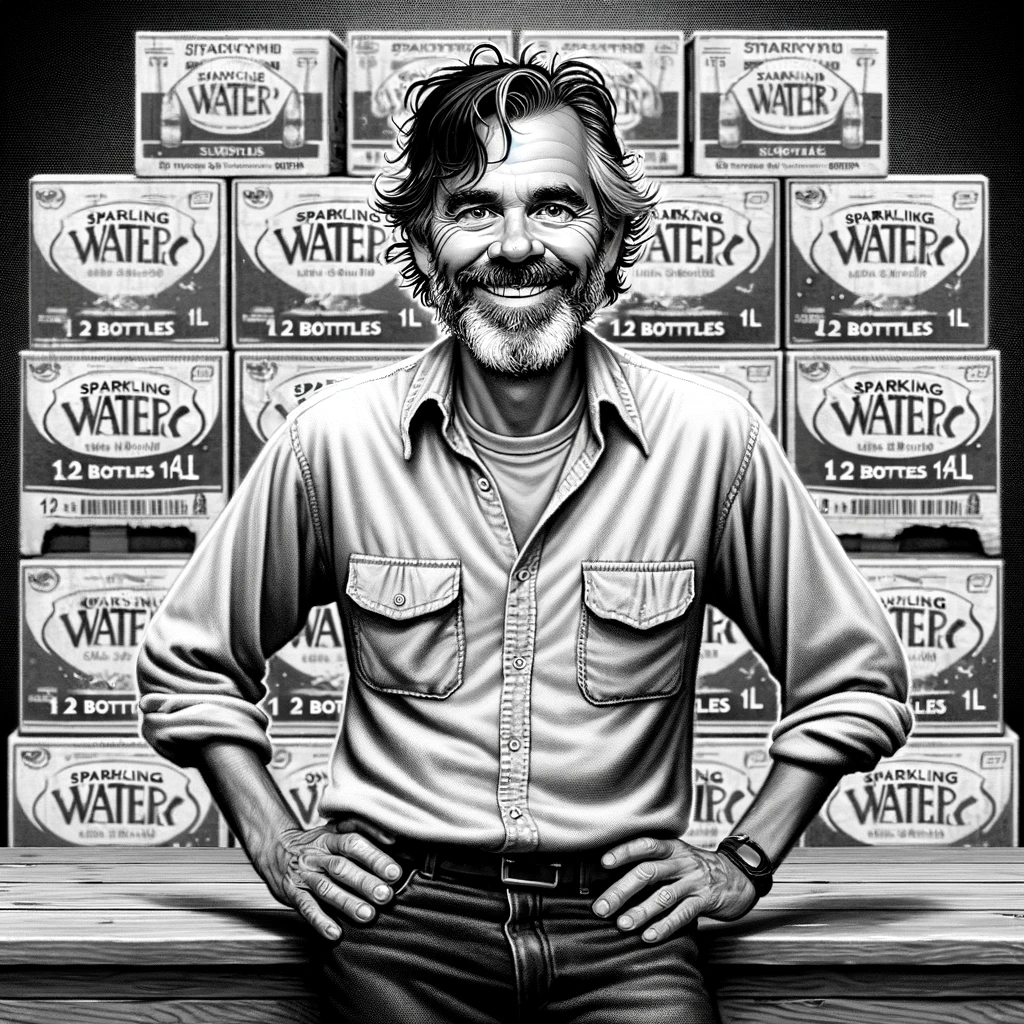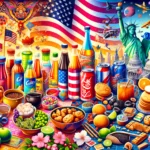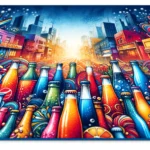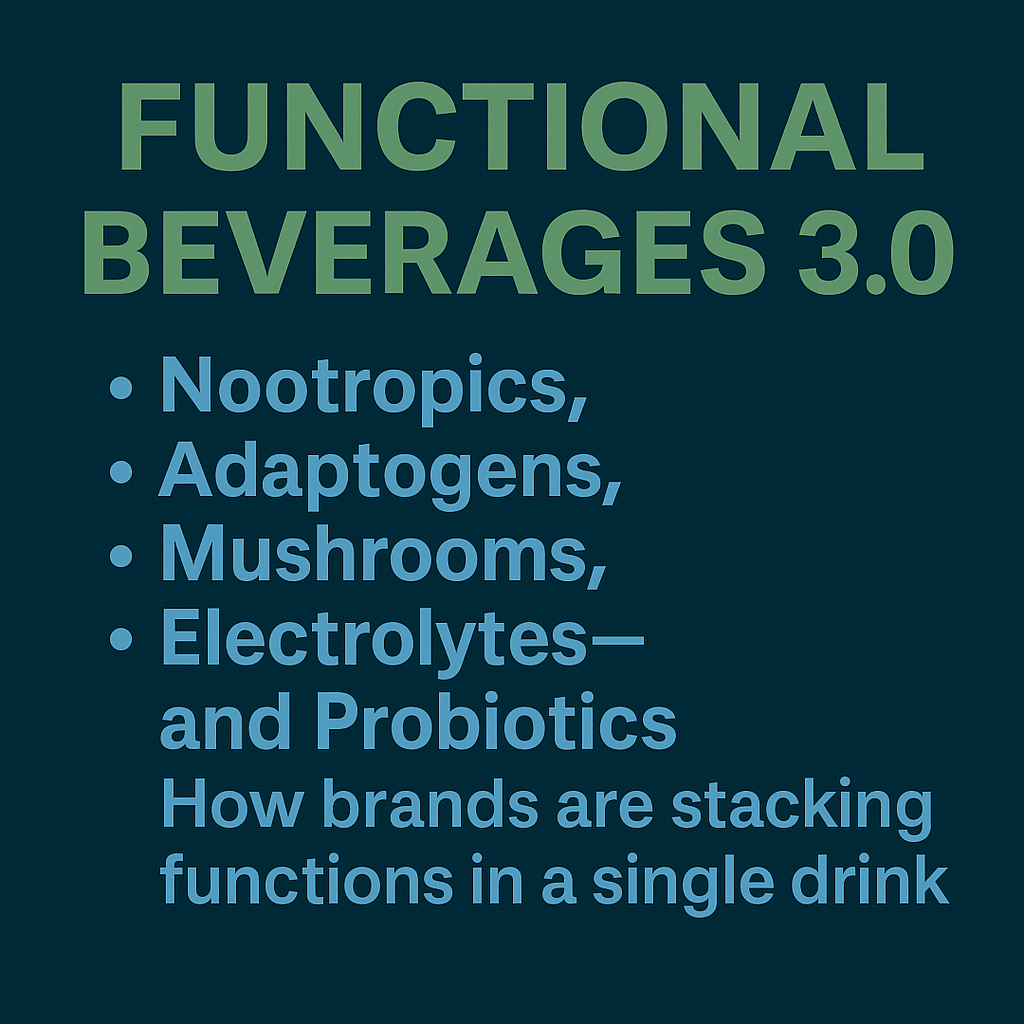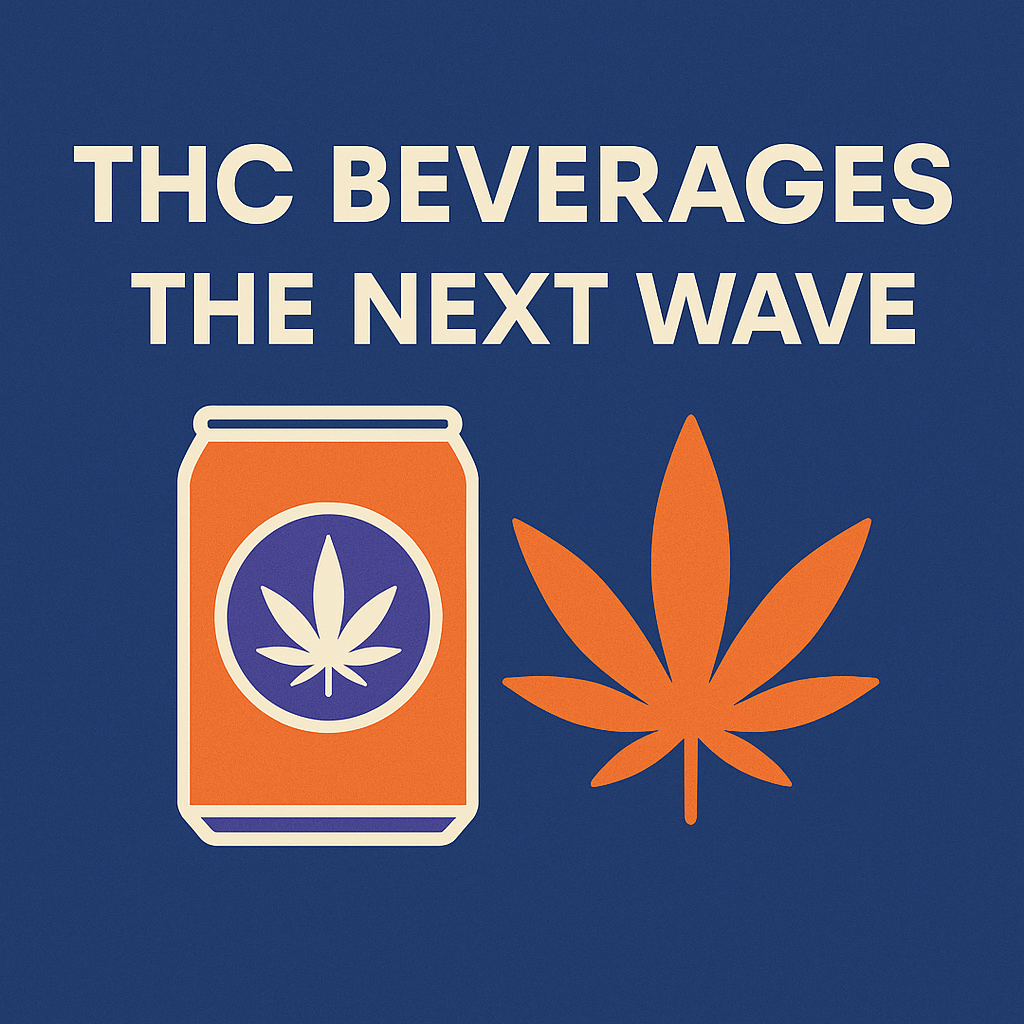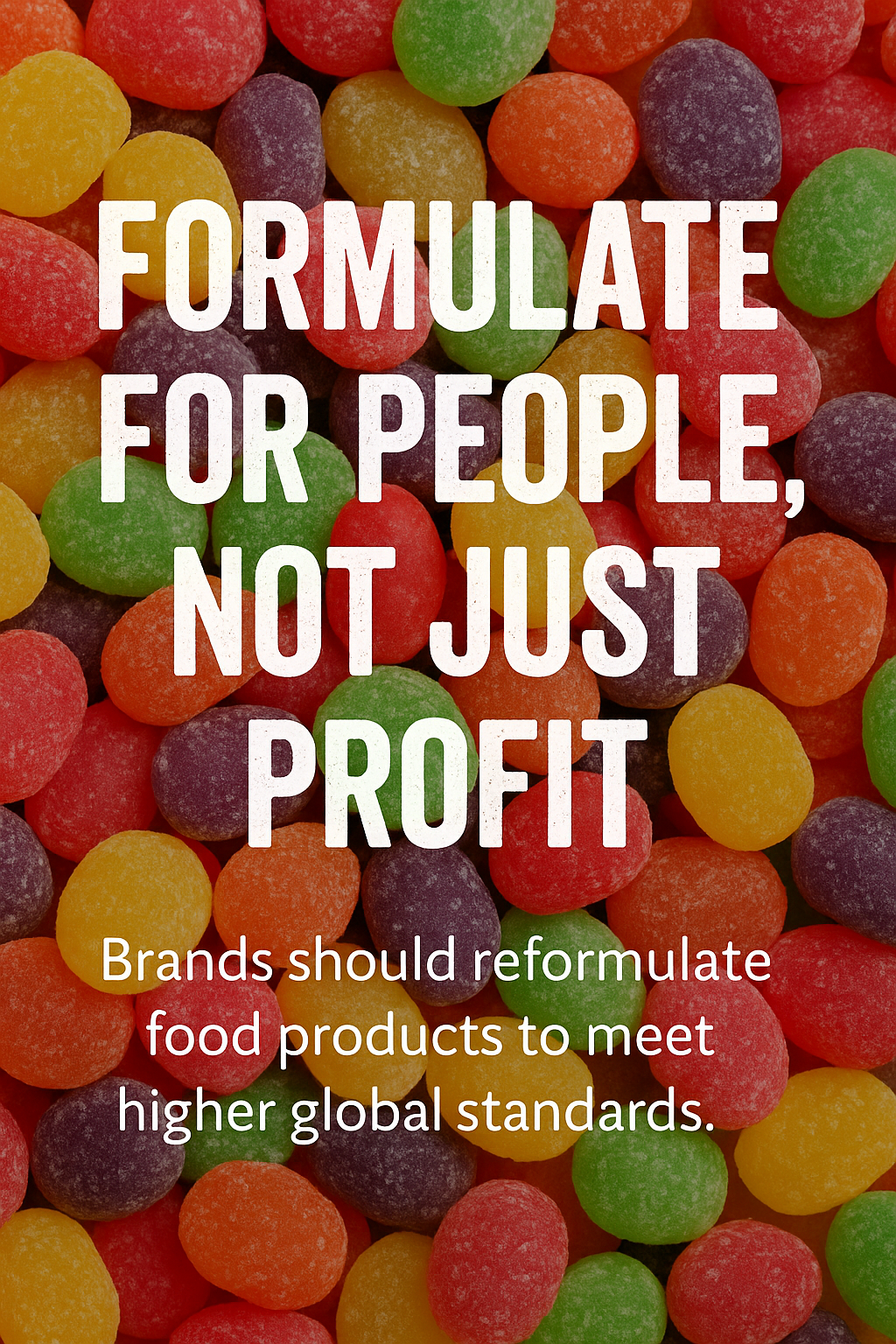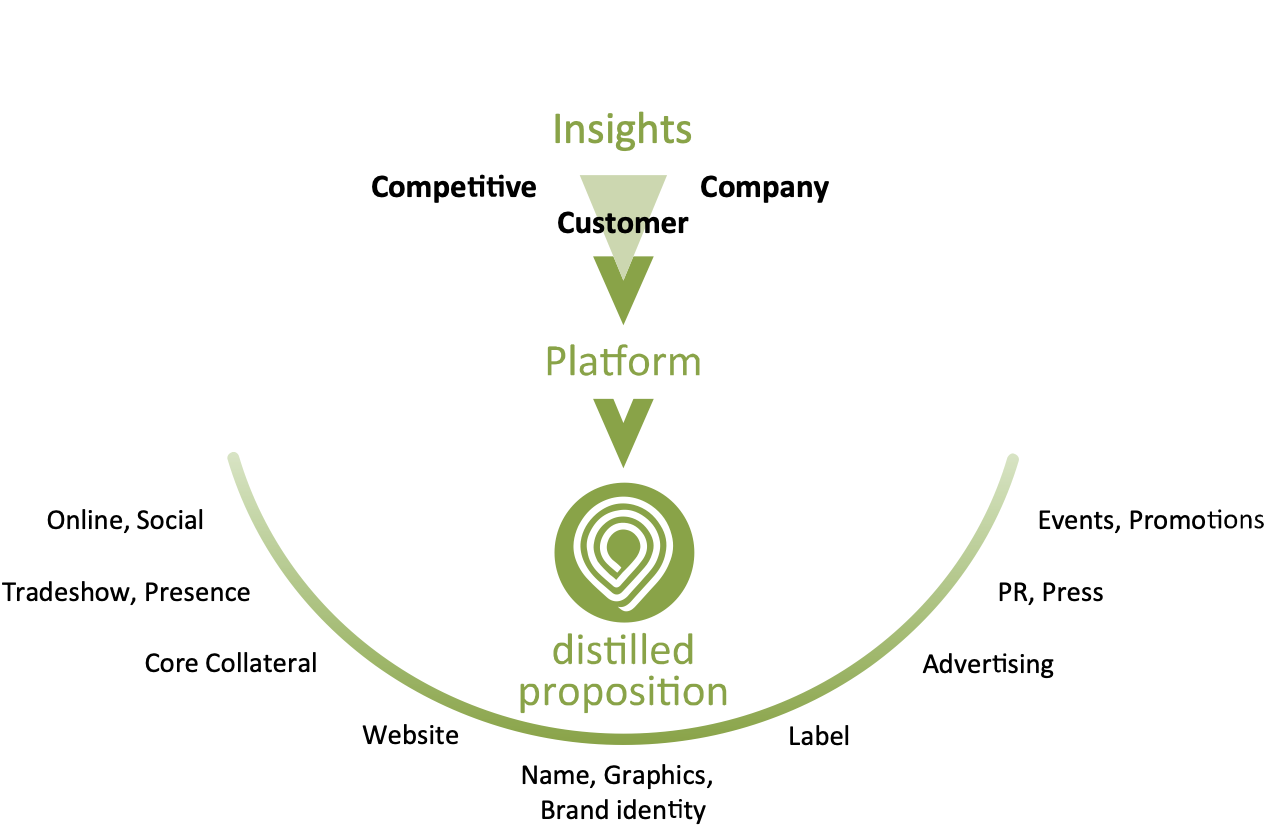The functional beverage space is evolving—fast. What started with protein shakes and vitamin waters has transformed into a sophisticated market…
The History of the Beverage Industry (Part 1): How Bottled Water Changed the Industry
What about bottled water?
The history of bottled water is a fascinating journey that stands in stark contrast to many other beverage categories. While humanity has been transporting water in various vessels since ancient civilizations, the concept of bottling water didn’t take root until the early 17th century. It all began with the modest bottling of water at the Holy Well in the United Kingdom in 1621. Little did anyone know that this humble beginning would pave the way for a global industry that continues to flourish today. Interestingly, Malvern water from those very springs is still being bottled, serving as a testament to the enduring legacy of these early practices.
The trend of bottling water started in the UK and then spread to Europe and North America during the 1700s. In its early days, bottled water was primarily marketed as a medicinal remedy and enjoyed popularity due to the belief in the healing properties of natural springs. However, commercial distribution of bottled water didn’t take off until 1767 when Jackson’s Spa in Boston began selling it. Throughout this period, bottled water was predominantly created and sold by pharmacists.
The 1800s brought technological innovations that significantly improved the bottling process. Cheaper glass bottles and faster bottling methods made bottled water more accessible and appealing to a broader audience. This era marked a turning point in the industry’s growth, as it began to capture the attention of consumers.
The 20th century initially witnessed a decline in the popularity of bottled water in the United States. This decline was primarily attributed to the development of water chlorination, which made public water supplies safer to drink. However, Europe continued to embrace bottled water, and it wasn’t until the 1970s that bottled water made a triumphant return in the U.S.
Fred Sipper: The “King of Bottled Water”
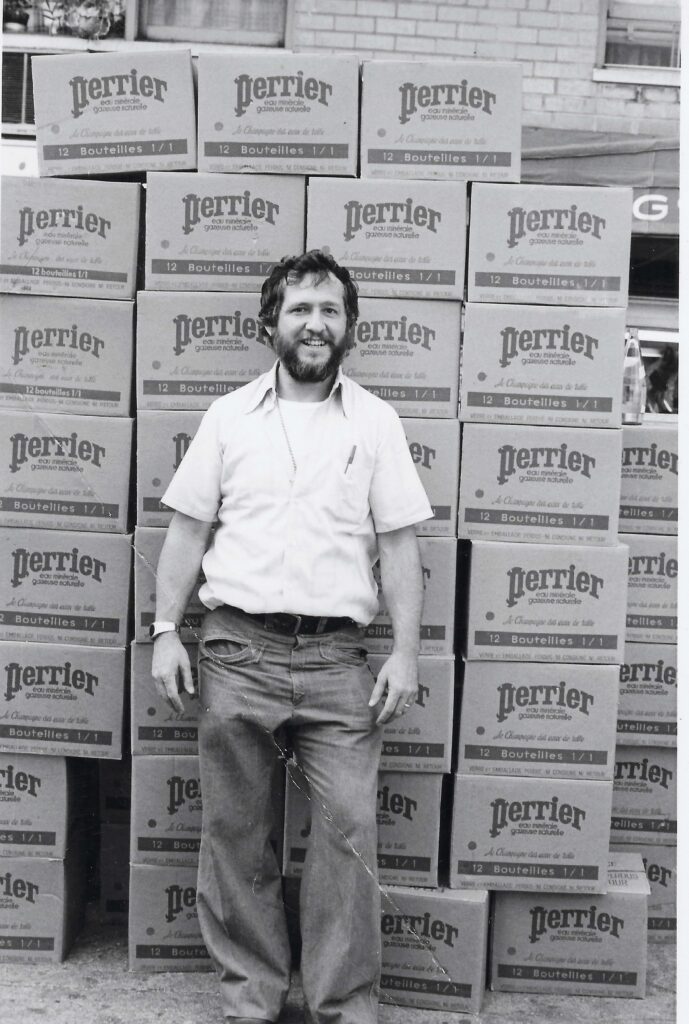
One name that stands out in the resurgence of bottled water is Fred Sipper. Smithsonian Magazine bestowed upon him the title of the “King of Bottled Water,” a title he truly earned through his innovative and pioneering efforts. Sipper’s journey into the world of bottled water began when he started selling Perrier in his small grocery store, Irving’s Food Center, located in New York City in 1960.
What began as a tactic to attract more customers to his supermarket, especially his French clientele, turned into a revolutionary idea. Sipper’s unique approach to selling Perrier included purchasing cases, running full-page advertisements in The New York Times, and eventually buying and selling pallets and overseas containers of Perrier from France. As his business grew, it became evident that his grocery store was too small to handle the volume, leading him to open a warehouse and establish a new wholesale distribution company named Mootch and Muck. The name was affectionately derived from his parents’ nicknames for each other.
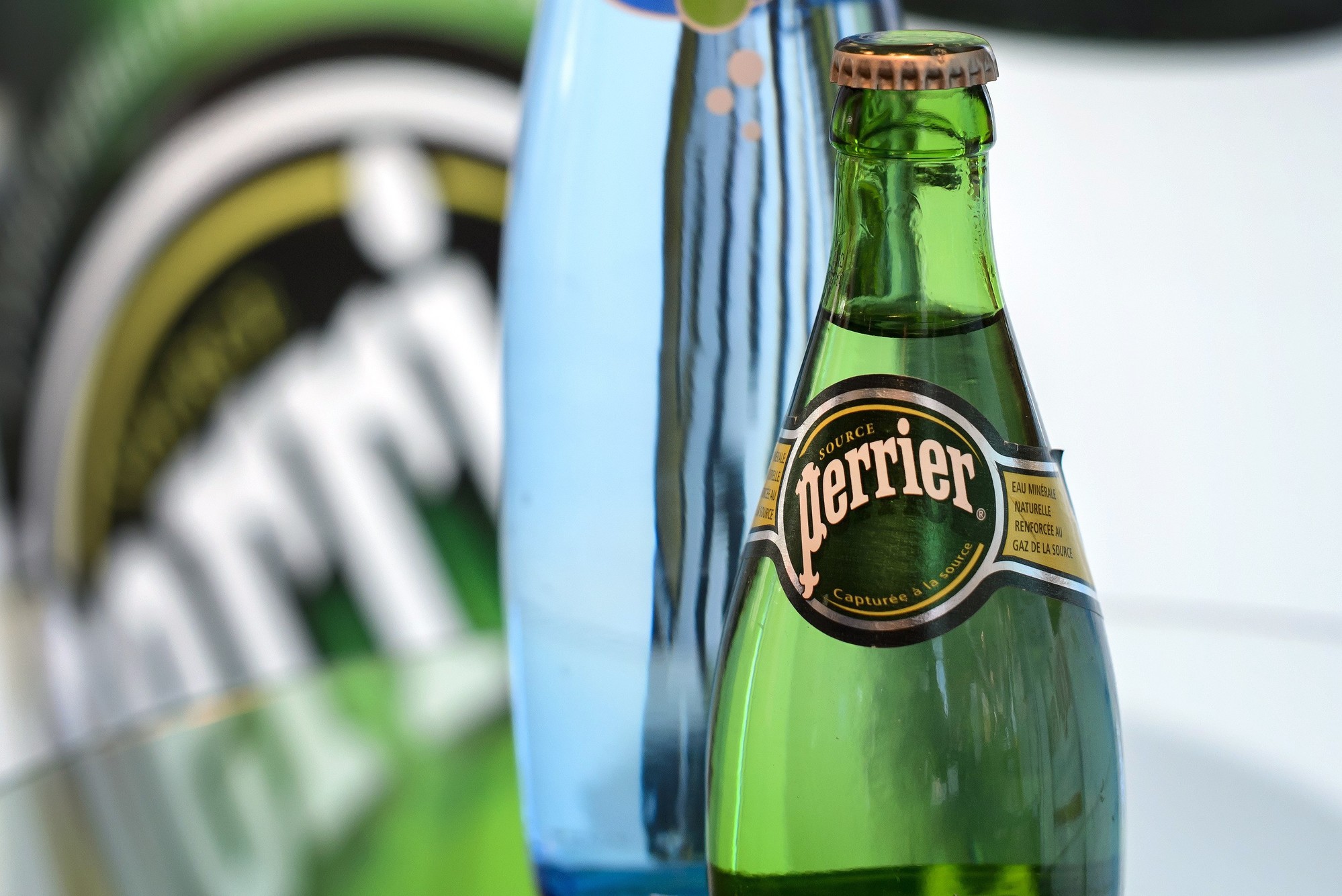
Sipper’s commitment to marketing and distribution led him to add a wide range of bottled water brands to his portfolio, including Evian, San Pellegrino, Poland Spring, Mountain Valley, Aqua Panna, Contrexevelle, Badoit, Apollinaris, Gerolsteiner, Ferrarelle, and many others. He played a pivotal role in convincing major and minor retailers, as well as trendy restaurants and clubs, to offer bottled water, marking the introduction of bottled water to New York and New Jersey.
Innovations and Expansion
Fred Sipper’s commitment to innovation was apparent throughout his career. In the mid-1970s, he opened his first warehouse dedicated to distributing bottled water. This 1000-square-foot facility primarily housed Perrier. The success of his ventures led to the opening of larger warehouses, including a 35,000-square-foot warehouse in 1982, followed by a 60,000-square-foot warehouse on Grand Avenue, and a massive 100,000-square-foot facility in 1985 in Williamsburg, Brooklyn.
One of Sipper’s remarkable achievements was becoming the exclusive Evian distributor for the New York area from 1976 to 1988. Mootch and Muck also secured exclusive distribution rights to San Pellegrino, solidifying its position in the bottled water market.
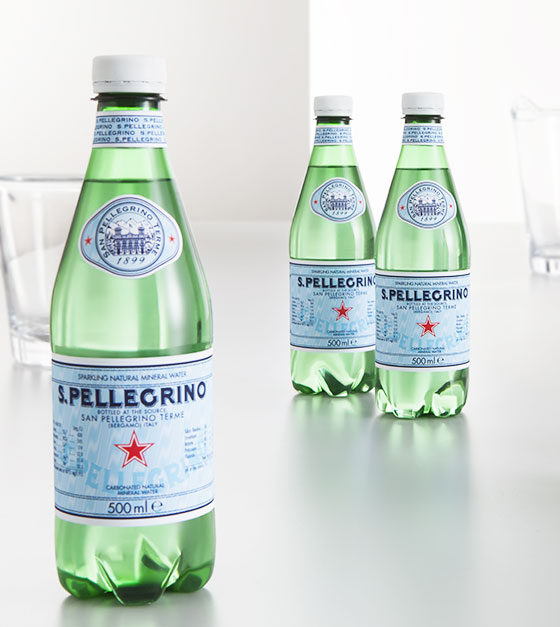
Enter Jack Maguire: A Partnership for Success
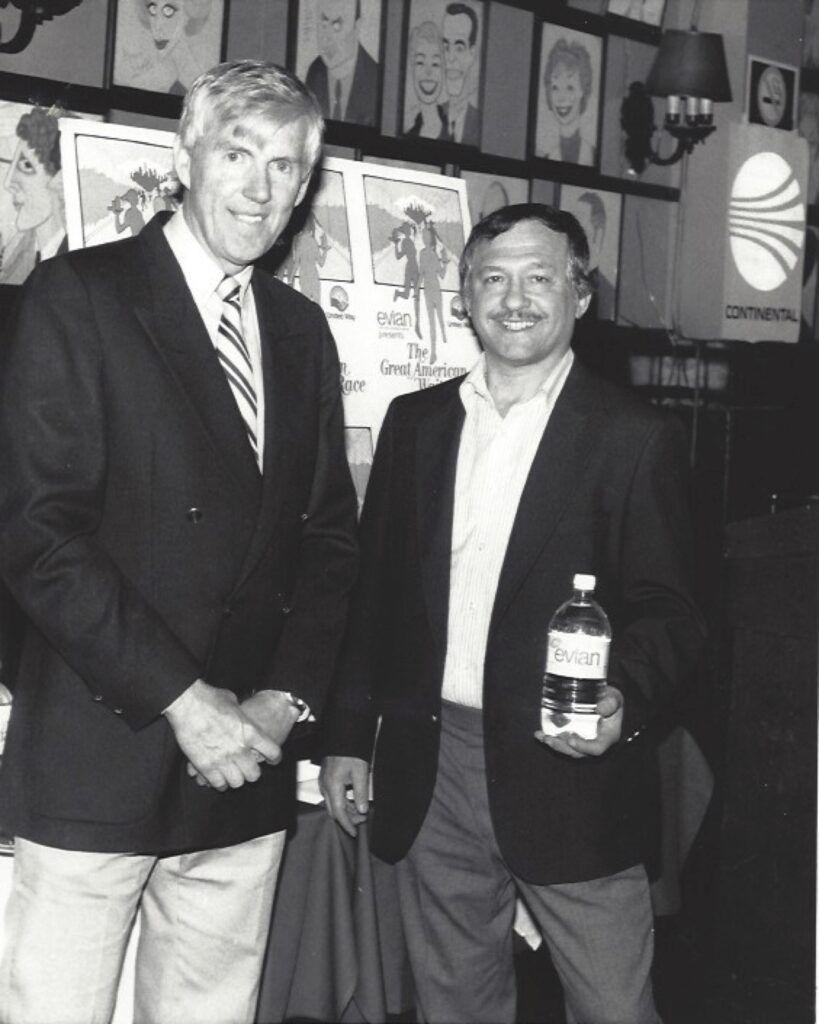
While Fred Sipper was making waves in the bottled water industry, another key player entered the scene – Jack Maguire. A savvy former Vice President of Canada Dry, Maguire became the first CEO of Evian USA, initially known as Great Waters of France. The partnership between Fred Sipper and Jack Maguire would go on to create one of the largest bottled water empires in the United States.
Their collaboration extended beyond business as they sponsored the NYC Marathon and even participated in the event themselves. Dressed in pink Evian shirts and sweats, they trained together in Central Park, always with a glass bottle of Evian in hand.
Revolutionizing the Restaurant Industry
Fred Sipper’s innovative spirit wasn’t limited to distribution; it also extended to the restaurant industry. He introduced a groundbreaking bottled water program that involved visiting upscale restaurants, hotels, and clubs in Manhattan. His approach was simple but effective: he asked restaurant owners how much money they made from serving free bread and tap water. His insights led to the realization that offering a bottle of Evian at the table could increase a restaurant’s revenue by up to 15%.
Sipper also initiated the Evian Waiter Program, which involved training waitstaff to encourage customers to order Evian. The program included placing a bottle of Evian on every table, ensuring that no glasses of tap water were visible, and incentivizing waiters with higher tips for promoting Evian. This approach had a significant impact, as the average waiter could earn an extra $30 per night, thanks to this program. In addition, Sipper introduced the concept of the “Evian Mystery” diner, rewarding waiters who mentioned Evian with an immediate $100 bonus.
Transforming Supermarkets and Retail
Fred Sipper’s influence extended beyond restaurants. He convinced chain store buyers to create dedicated bottled water sections in their stores, offering free fill for every inch of space provided. Remarkably, he promised to purchase any unsold merchandise at full retail price if the products didn’t sell. Thanks to these bold strategies, Sipper never had to buy back any bottles.
One notable example was his collaboration with Food Emporium’s Buyer at the time, Dan Portnoy, which led to the launch of the Bottled Water Spectacular, a one-week bottled water promotion held four times a year.
Bloomingdales and Beyond
Fred Sipper’s reach even extended to high-end retail giants like Bloomingdales. He struck an arrangement with Marvin Taub at Bloomingdales to display Evian in their stores and sample consumers in upscale departments. A 60-day exclusive agreement was made when the plastic Evian bottle was introduced. Sipper leveraged this exclusive deal to pre-sell the entire inventory to the city’s supermarket chains, demonstrating his exceptional business acumen.
Continuing Influence
To this day, Fred Sipper remains a prominent figure in the beverage industry. Since 2000, he has consulted for Beverageuniverse.com, the second-largest online distributor of non-alcoholic beverages, trailing only behind Amazon. His relentless pursuit of new bottled water brands to add to Beverage Universe’s extensive inventory, which boasts over 290 varieties and sizes, reflects his enduring passion for the industry.
Industry Growth and Impact
The 1980s marked a significant period of growth for the bottled water industry. Sales data from that era revealed a steady increase, with U.S. bottled water sales reaching approximately $1.1 billion annually by the late 1980s. This decade saw the industry’s transformation, setting the stage for the monumental growth that would follow.
Today, the global bottled water market is valued at approximately $200 billion, with projections indicating it will reach $350 billion by 2025. This remarkable growth is driven by conglomerates like Nestlé, DANONE, Coca-Cola, PepsiCo, and Keurig, who own a diverse portfolio of bottled water brands.
The Rise of Carbonated Bottled Water
The story of bottled water doesn’t end with still water; it extends to carbonated varieties. In 1783, Johann Jacob Schweppe introduced the world to bottled and carbonated mineral water, founding the renowned Schweppes company. This innovation marked the introduction of soda water, sparking water, and seltzer water as we know them today in the United States.
Interestingly, carbonated water was discovered by Joseph Priestley nearly 16 years earlier when he stumbled upon a method to infuse water with carbon dioxide. Priestley was so enamored with the taste that he wrote about the unique satisfaction he derived from drinking it. In 1809, Joseph Hawkins obtained a patent for producing imitation mineral water, further popularizing carbonated water in the U.S.
Bottled Water Market: Then and Now
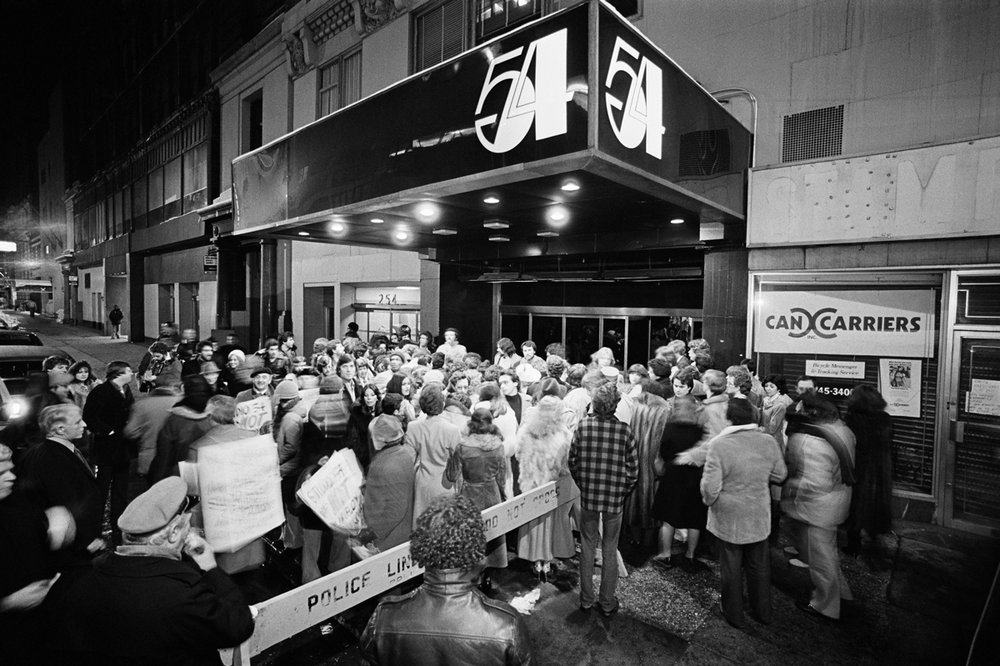
The 1970s marked a turning point when few people were aware of bottled water. However, negative reports about the quality of tap water and the endorsement of trendy establishments like Studio 54, Elaine’s, and Regines led to a surge in bottled water purchases. Perrier’s rise to dominance, particularly in the mid to late 1970s, marked a significant milestone, positioning itself as the “Earth’s First Soft Drink.”
Mootch and Muck, under Fred Sipper’s leadership, added San Pellegrino and Evian to its distribution, solidifying their presence in the Metro New York area. Brands like Poland Spring, Calistoga, Arrowhead, Badoit, SPA, and others joined the roster, catering to evolving consumer preferences. The introduction of plastic bottles by Evian in the late 1970s was a game-changer, leading to explosive growth in the industry.
As of 2024, the global bottled water market is a juggernaut, with the United States alone consuming over 14 billion gallons annually. This consumption represents a remarkable increase from the 1980s, underlining the evolving preferences of consumers and persistent concerns about the quality of tap water.
Today’s Bottled Water Industry
Leading the way in the bottled water industry is Nestlé, which owns a multitude of brands, including Perrier, San Pellegrino, Poland Springs, Arrowhead, Calistoga, Ozarka, Deer Park, Zephyrhills, Aqua Panna, Vittel, and the Nestle Pure filtered water brand. DANONE boasts brands like Evian, Volvic, and Badoit, while Coca-Cola and PepsiCo also have their footprints in the industry with Dasani, Smartwater, and Aqua Fina.
Keurig, known for its coffee products, has also entered the bottled water segment with its brand CORE.
Key Takeaways
The bottled water industry’s journey is a testament to human innovation and evolving consumer preferences. Fred Sipper’s pioneering efforts, coupled with the influence of industry giants, have shaped the landscape of the beverage industry. From creating dedicated supermarket sections for bottled water to introducing iconic brands like Evian and Perrier to the U.S. market, Sipper’s impact is immeasurable.
As the industry continues to evolve, with a market value of approximately $200 billion and expectations of reaching $350 billion by 2025, it remains crucial for aspiring beverage entrepreneurs to stay informed about industry insights and historical developments. Understanding the industry’s history offers valuable perspectives for those looking to make their mark in this dynamic market.
